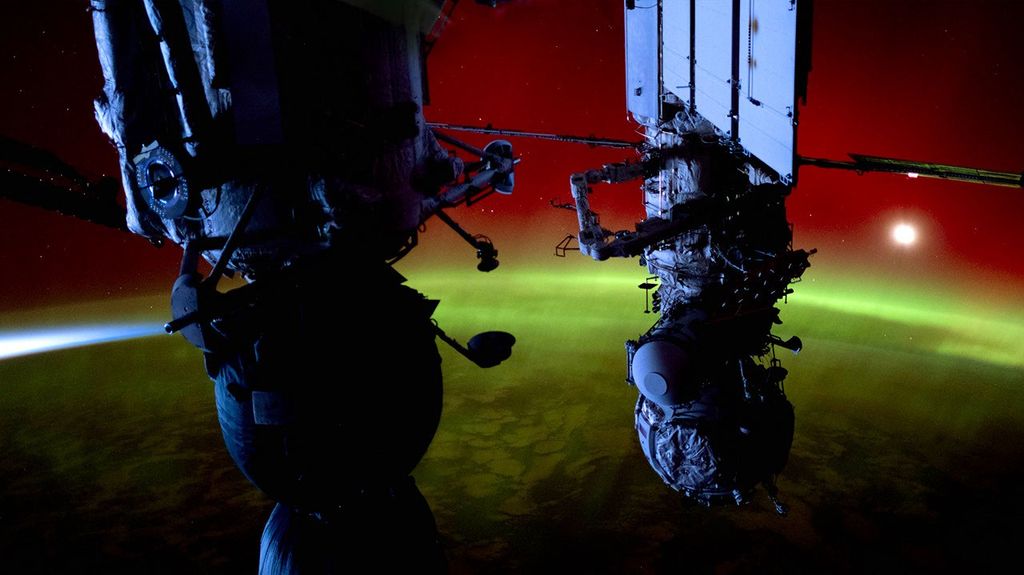Mission Studies
Large Missions Concept Studies for the 2020 Decadal Survey
2015
About Large Missions Concept Studies
To Study Four Large Mission Concepts That Could Meet Scientific Objectives
In January 2015, Paul Hertz, Director of the NASA Astrophysics Division, issued a memo to the astronomical community to stimulate planning for the 2020 Decadal Survey.
In the memo, Dr. Hertz directed the three Program Analysis Groups (PAGs) to solicit input from the astronomical community on four large mission concepts that were drawn from the 2010 Decadal Survey and NASA Visionary Roadmap.
The Astro2020 Decadal Survey about To Study Four Large Mission Concepts That Could Meet Scientific Objectives
In this image of PSR B1509-58 (about 170,000 light-years from Earth), X-rays from NASA's Chandra in gold are seen along with infrared data from NASA's Wide-field Infrared Survey Explorer (WISE) telescope in red, green and blue.
NASA/CXC/SAO: X-ray; NASA/JPL-Caltech: Infrared
Large Mission Concepts for Study
- Far Infrared Surveyor –This telescope concept would provide an order of magnitude or more performance increase above Herschel in one or more of the areas of sensitivity, spectral resolution, and angular resolution.
- Habitable-Exoplanet Imaging Mission – This telescope would be capable of direct imaging and spectroscopy of a rocky planet in the habitable zone of a nearby star.
- UV/Optical/IR Surveyor – This telescope concept would provide an order of magnitude improvement in sensitivity above the Hubble Space Telescope, a wavelength coverage potentially as broad as 10 µm to 91 nm, and carrying one or more instruments for a variety of imaging or spectroscopic measurements.
- X-ray Surveyor – This telescope concept would provide as much as two orders of magnitude improvement in sensitivity above Chandra. It also potentially could provide improvements in one or more of the parameters of spectral resolution, field of view, or angular resolution
Science and Technology Definition Teams (STDT)
Events
Meetings, Seminars, Conferences, Workshops, and other events
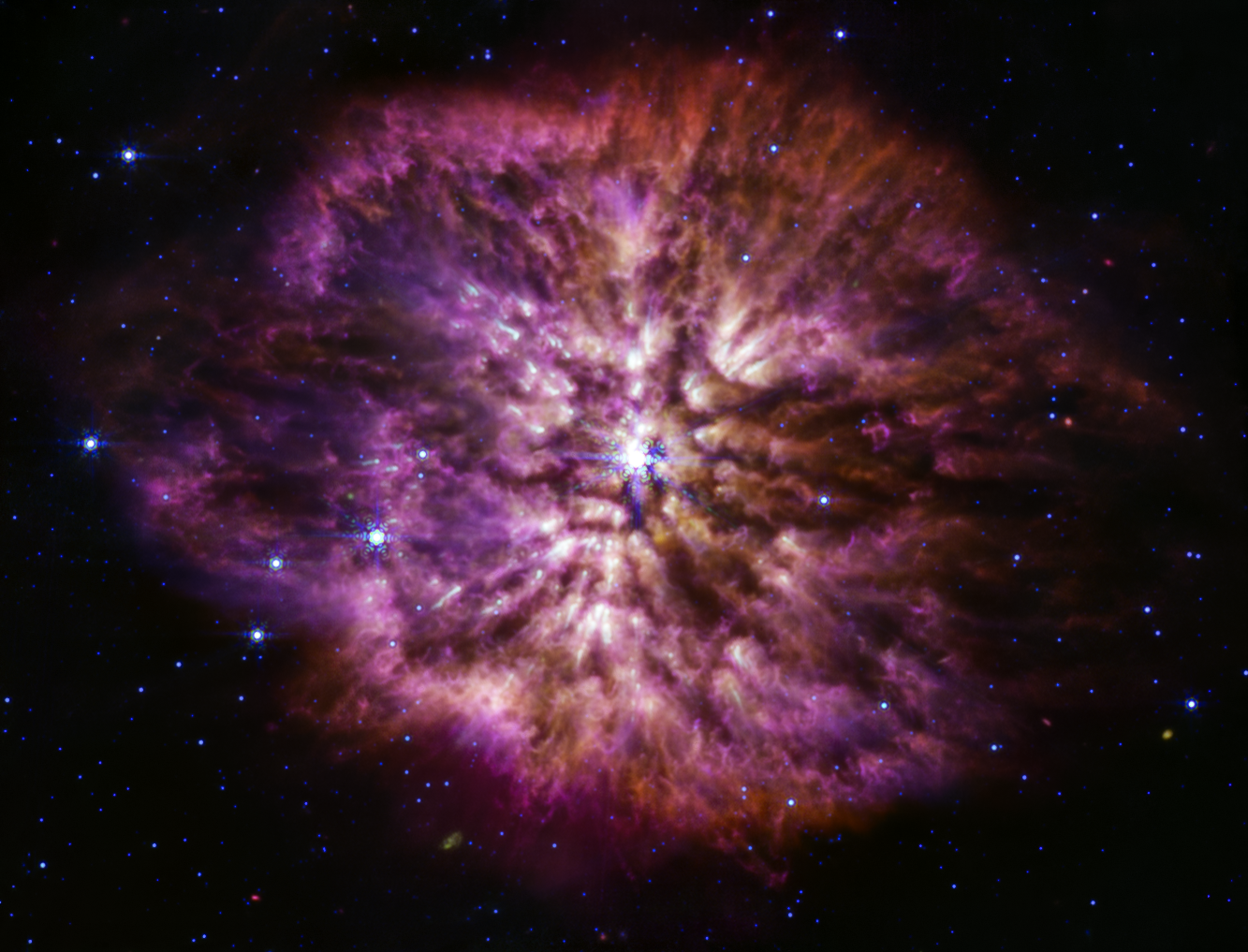
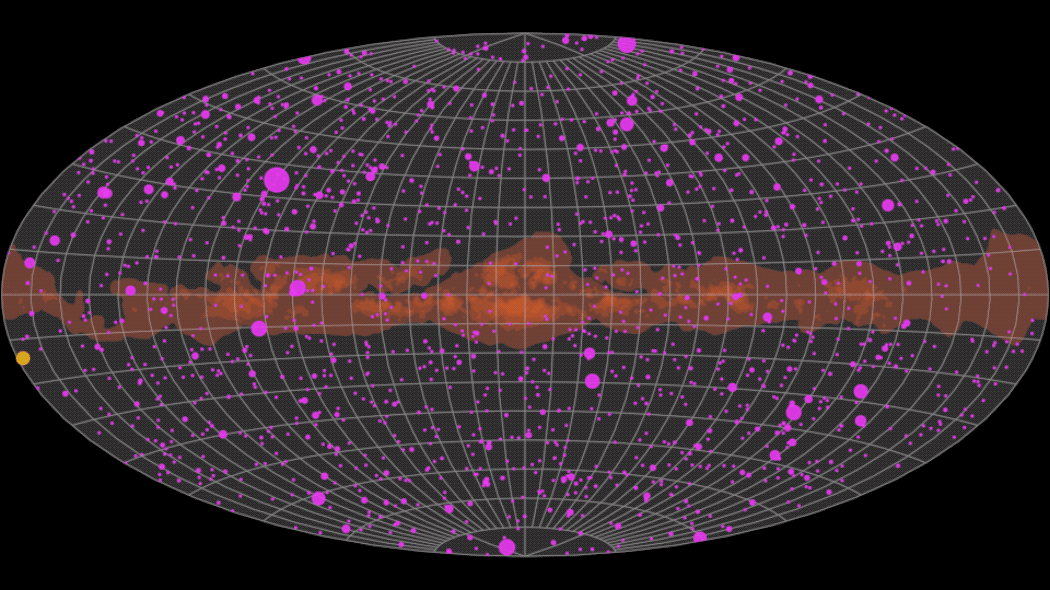
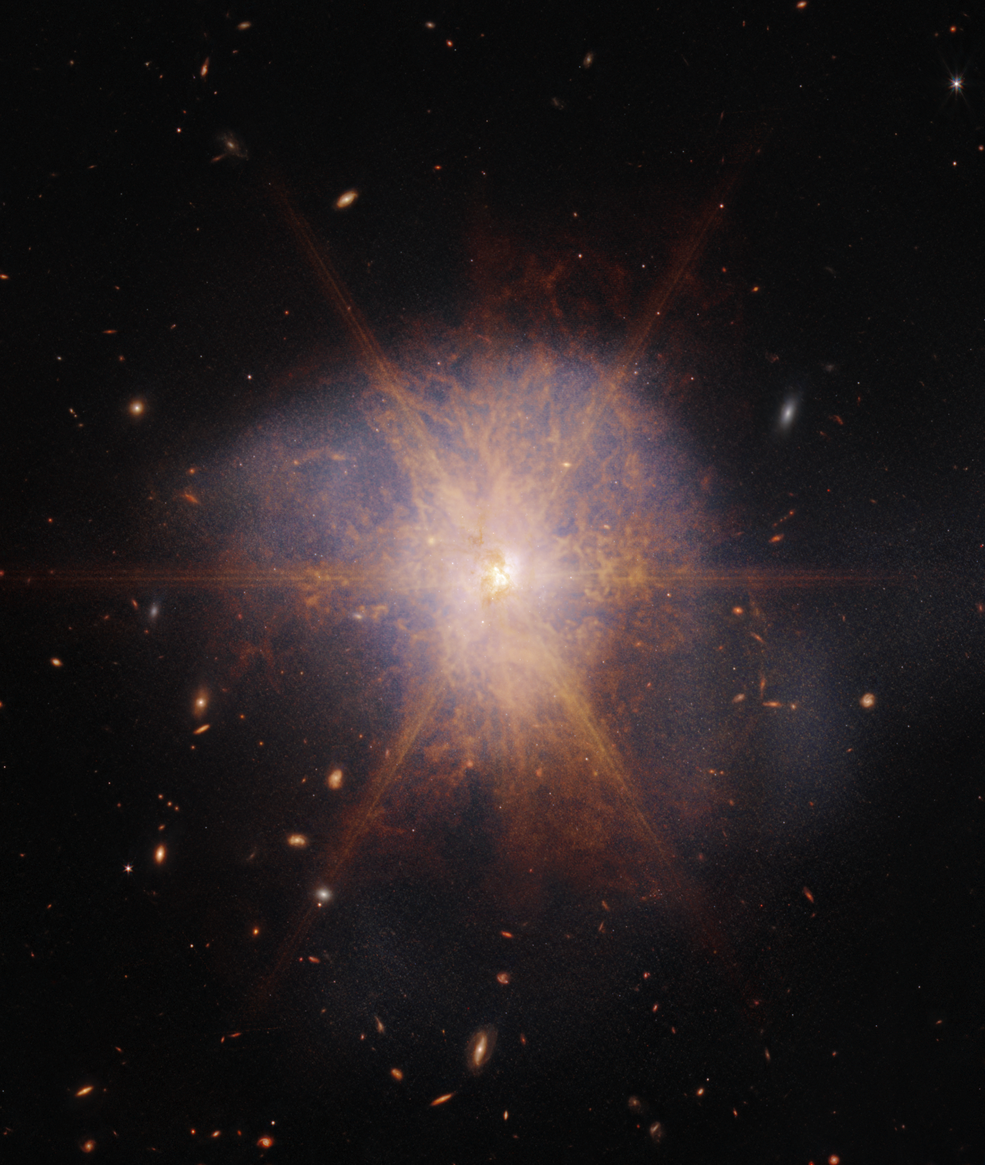

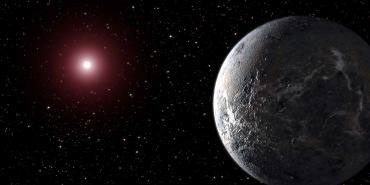


29 June – 1 July 2015
HEAD Special Meeting on High Energy Large- and Medium-Class Space Missions in the 2020s
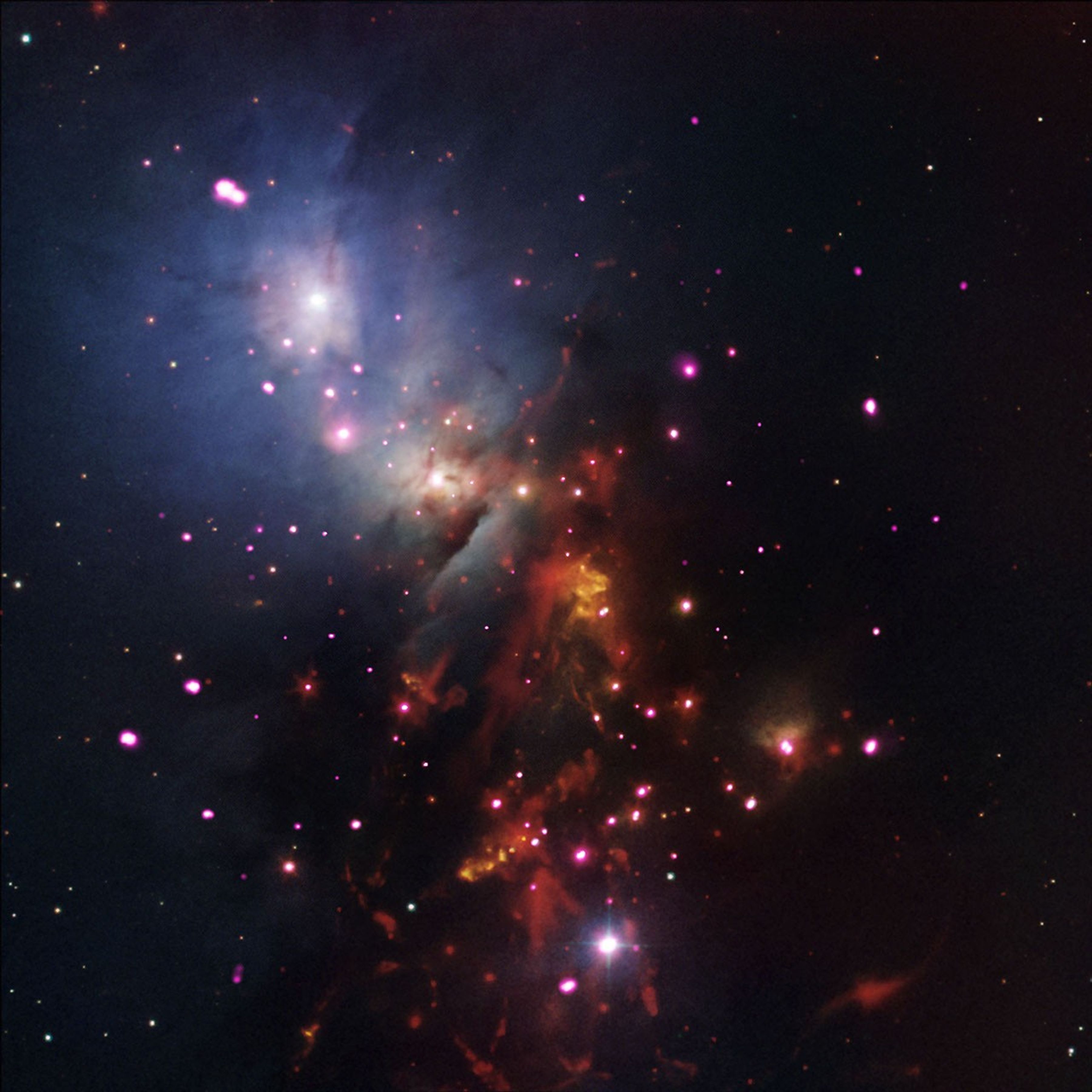
20 August 2015
COPAG Town Hall
Planning for the the 2020 Decadal Survey: Activities Related to Large Mission Concepts
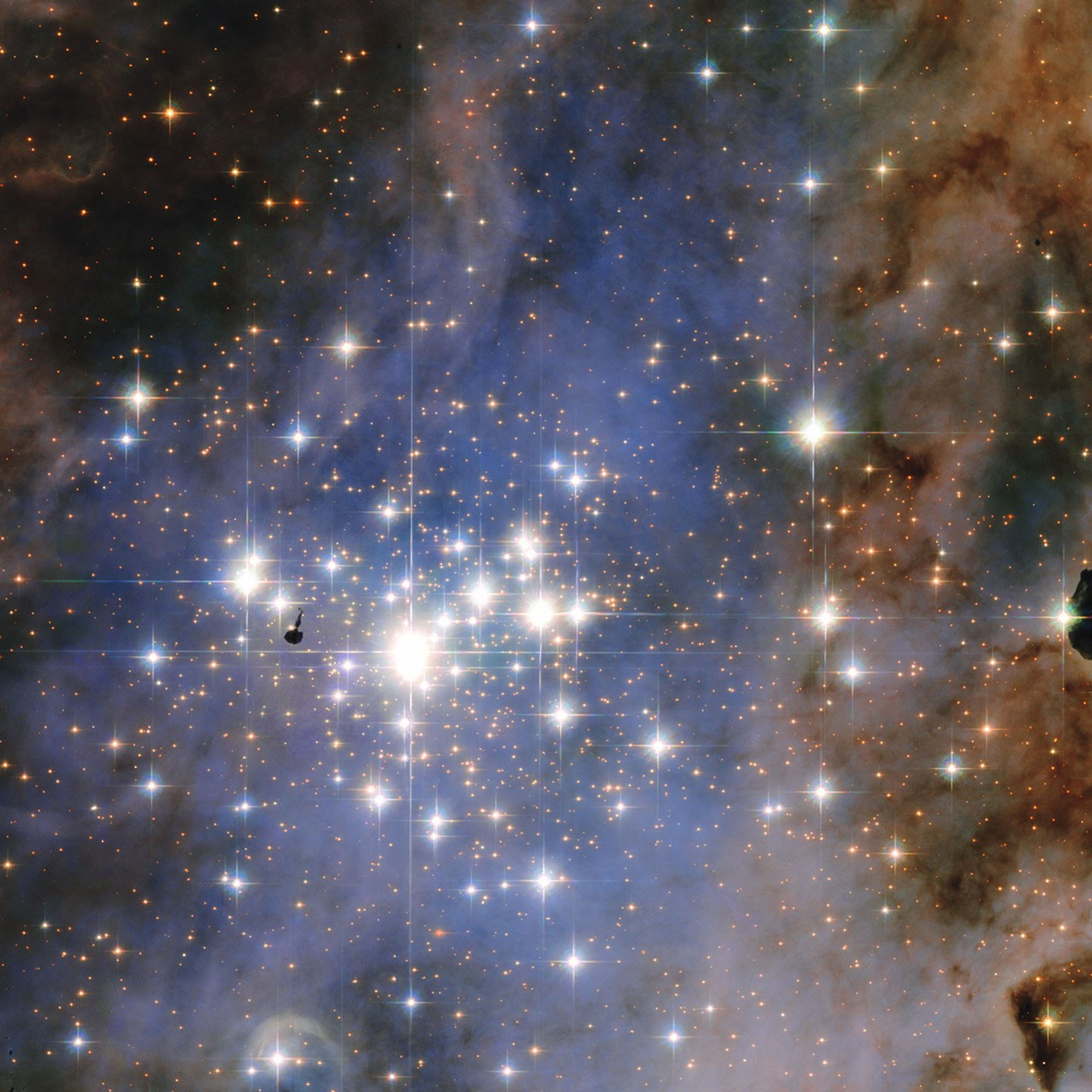
Documents
Supporting Documents
White Papers
The Dusty Co-evolution of Black Holes and Galaxies: A Science Case for a Large Far-IR Space Telescope
News Straight to Your Inbox
Subscribe to your community email news list
We will never share your email address.













